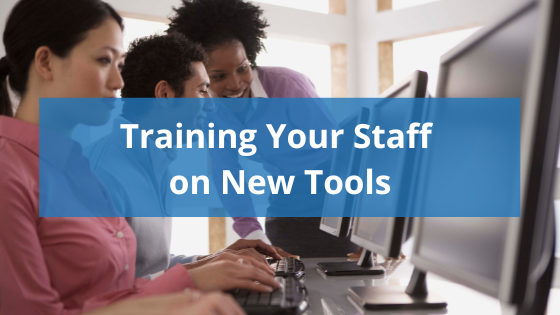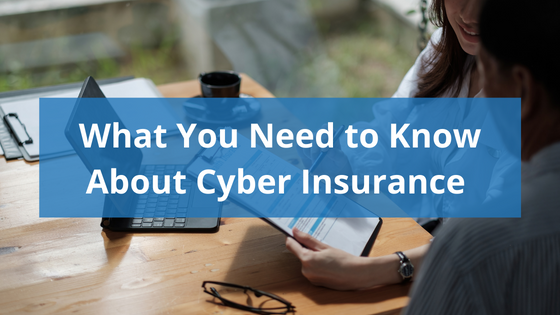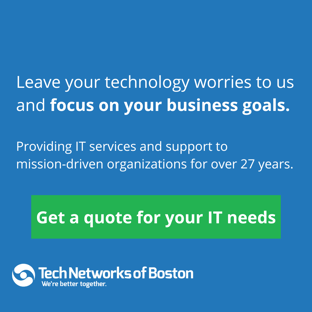When you think about IT hardware, you may not consider the planning and costs required. We rely on printers, physical servers, phones, monitors, and laptops every day, but most people don't think about how a workplace acquires these things. While many people don't think much of the process for purchasing hardware, many factors come into play when making these decisions. We've gathered a few things for you to consider before making decisions.
Your Needs
Not all devices have the same capabilities, and there are many things you need to consider. Do your employees need to take their computers off-site? Does your scanner need to work wirelessly? How strong is one laptop compared to another? Take a moment to write down everything you know you need from a new device and then talk to your IT team, they will be able to make recommendations and talk through questions you may have.
Your Budget
Budget is a big concern for any organization looking to make a purchase. Understanding how you can afford to procure, set up, and deploy new hardware is something you can work on alongside your leadership and IT teams.
Your Schedule
IT purchasing is not a one-time activity. There will be times when you may need to expand as an organization, replace older devices, or otherwise change your operations. You should consider creating a schedule of anticipated purchases to be better prepared, mentally and financially, for future purchases. This is especially important for critical pieces of hardware, like your server, which will require more technical assistance during the replacement process.
Maintenance and Care
Some pieces of hardware, like your server, need to be maintained and cared for to ensure they continue operating effectively. While you may think of a server as something that sits in a closet, you need to consider all of the wiring, temperature restrictions, cleanliness, and more that goes into protecting this valuable part of your IT infrastructure. All devices will require some level of maintenance and care to keep them running effectively and prevent larger issues.
IT hardware is rarely ready out of the box, it requires planning and technical expertise to ensure your systems are up and running and you have the tools you need for success. Working with your stakeholders to fully understand your needs and restrictions can help make the purchasing processes easier and can set you up for long-term, proactive planning. If you need help evaluating your current needs and making a plan for the future, please contact us.





Leave a Reply